The fact that microgreens were a new concept just a few years back in India and were only prevalent in high-end restaurants, looking at trays and trays of homegrown microgreens makes us even more thrilled for all our customers. These miniature microgreens, harvested at the cotyledon stage of growth, pack a strong punch in every bite and have become a staple in modern home kitchens and restaurants alike.
Now let’s get to the main point of this article about a question we recently encountered from one of our new microgreen growers - Is there a difference between normal seeds and microgreen seeds? To answer it directly - No, there is absolutely no difference between regular seeds and microgreen seeds. However, since the purpose of growing is different, there are some significant differences in how we select the microgreen seeds. Let’s look at them now.
Difference Between Normal Seeds and Microgreen Seeds:

No matter what your local seed store tells you, there is no inherent difference between microgreen seeds and regular seeds. Both originate from the same parent plant and possess identical genetic makeup. However, the selection process for microgreen seeds differs significantly. Varieties chosen for microgreens are carefully curated based on their nutritional density, flavour intensity, and taste profile. For example, you can not use the seeds of the nightshade family of plants for microgreens since their stems and leaves might carry some toxins.
In addition to this, it's crucial to note that microgreens must be grown from non-treated seeds since you consume the seedlings at an early stage of growth which is the cotyledon stage. Hence, using cheap pesticide-laden seeds can cause irreparable damage to your health.
At AllThatGrows, we pride ourselves on offering a diverse range of non-treated, non-hybrid, open-pollinated seeds, including over 40 varieties of microgreen seeds. Each seed is traditionally produced, ensuring the highest quality and purity. Recognizing that growing microgreens requires a larger quantity of seeds compared to growing traditional vegetables or herbs, our microgreen seed collections are available in generous packaging sizes ranging from 50 to 200 grams. Additionally, we also have a curated variety pack of 13 different varieties of non-treated microgreen seeds in one kit if you’re just starting.
Another popular kit amongst our home gardeners is the all-inclusive complete microgreen growing kit that comes with everything you need to start growing 4 different varieties of microgreens at home including grow bags and potting soil.
Benefits of Consuming Microgreens Daily:

The miniature size of microgreens can be deceptive when it comes to their nutritional potency. Packed with vitamins, minerals, and antioxidants, these tiny greens offer a myriad of health benefits, including:
- Boosted immune system
- Improved digestion
- Enhanced nutrient absorption
- Reduced risk of chronic diseases
- Increased energy levels
Incorporating microgreens into your daily diet is a simple yet effective way to nourish your body and elevate your overall well-being.
5 Easiest Microgreens to Grow:

- Pea Shoots: Bursting with sweetness and a hint of nuttiness, pea shoots are delightfully crunchy and versatile. They add a refreshing touch to salads, sandwiches, and stir-fries.
- Radish Microgreens: These peppery greens pack a punch and are perfect for adding a zesty kick to your dishes. Their vibrant red stems and green leaves make for a visually stunning garnish.
- Sunflower Microgreens: With a mild, nutty flavour reminiscent of sunflower seeds, these greens are a favourite among health enthusiasts. They add texture and flavour to salads, wraps, and smoothies.
- Broccoli Microgreens: Rich in vitamins A, C, and K, broccoli microgreens offer a mild, earthy taste with a hint of bitterness. They make a nutritious addition to salads, sandwiches, and soups.
- Kale Microgreens: Known for their robust flavour and hearty texture, kale microgreens are packed with essential nutrients. Add them to smoothies, or omelettes, or simply enjoy them as a garnish for extra nutritional value.


 Sign In
Sign In



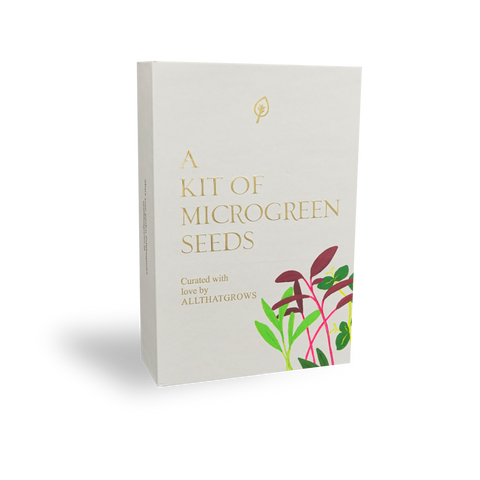
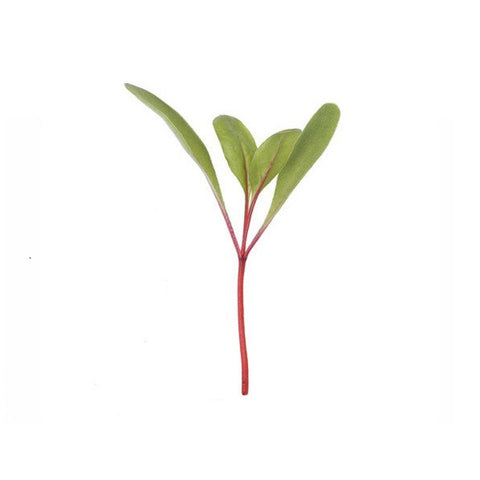
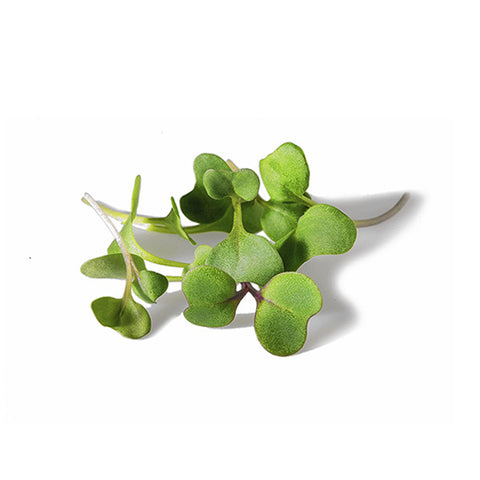


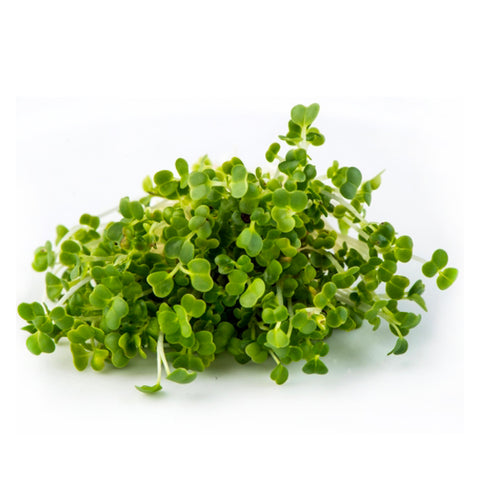
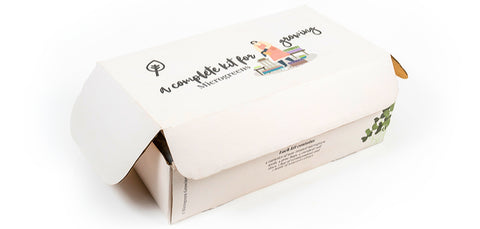
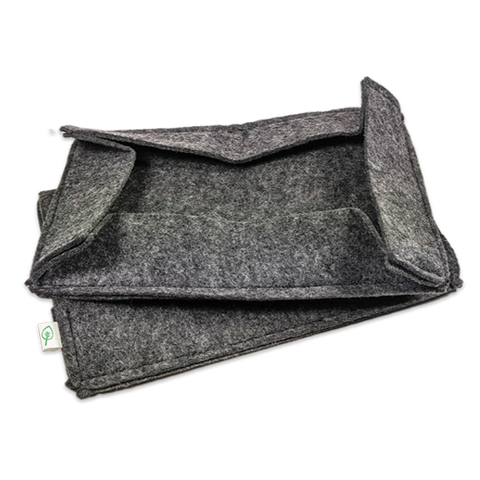
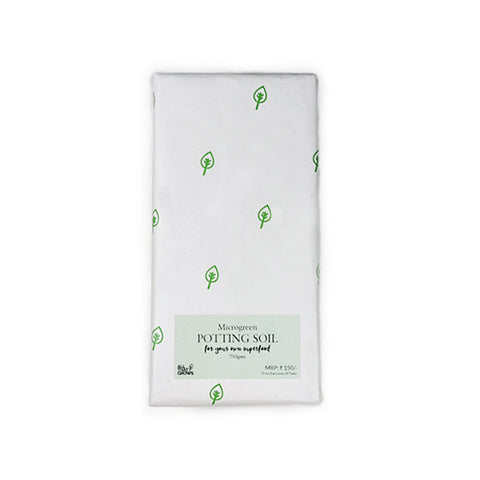






Let us know your feedback
* Comments must be approved before being displayed.